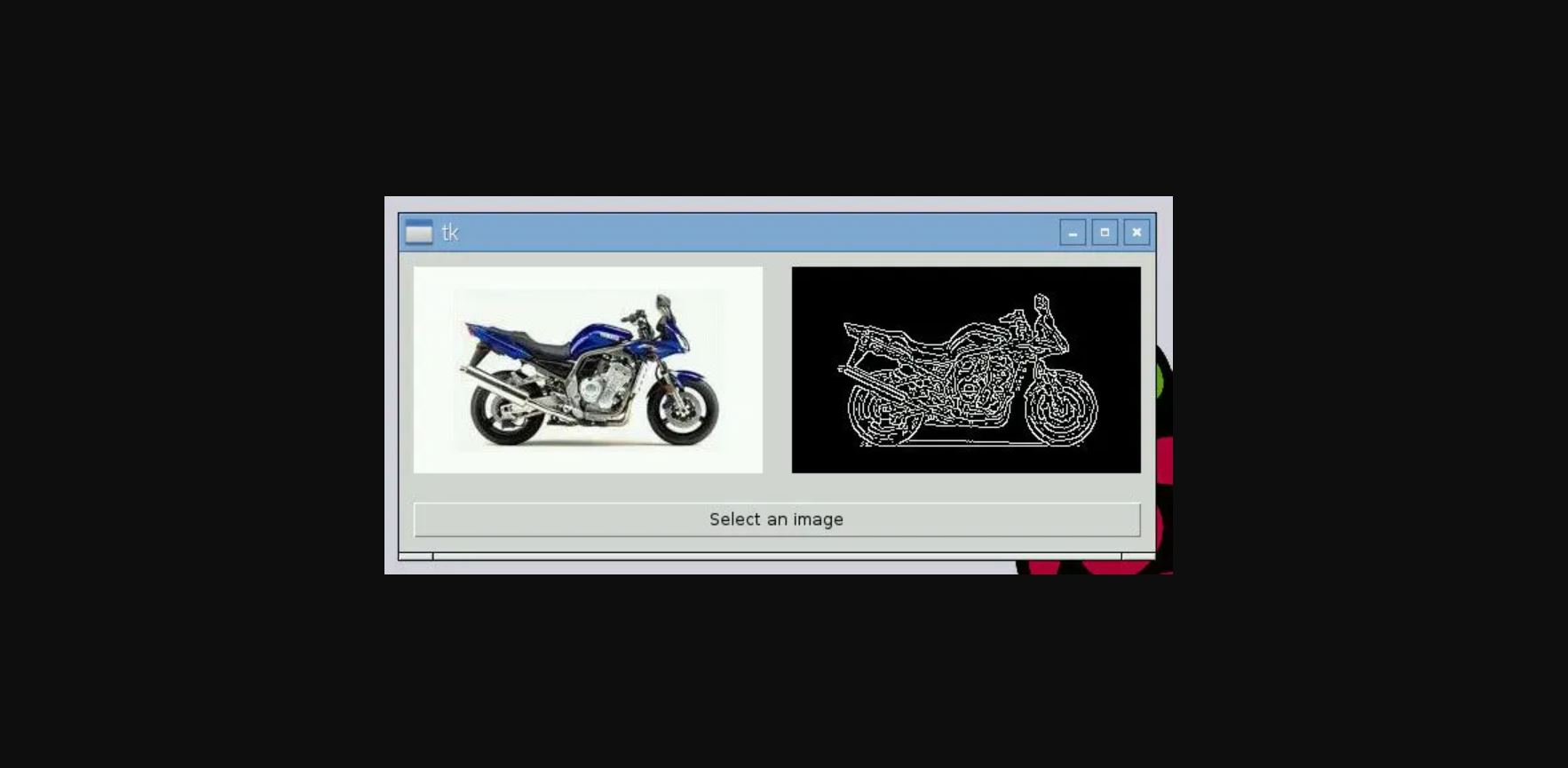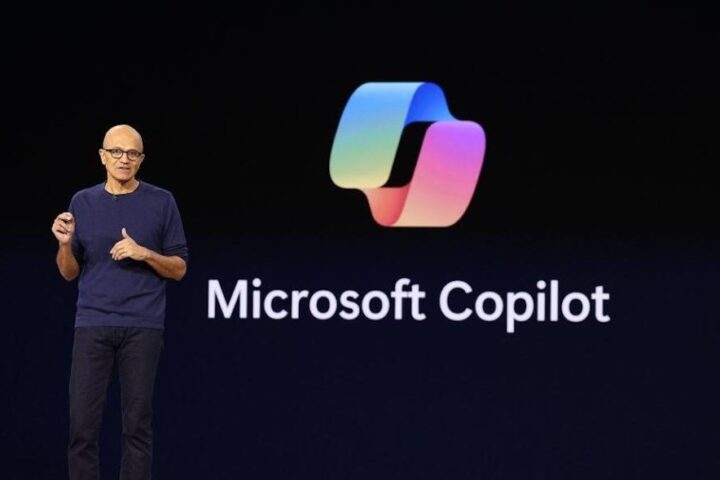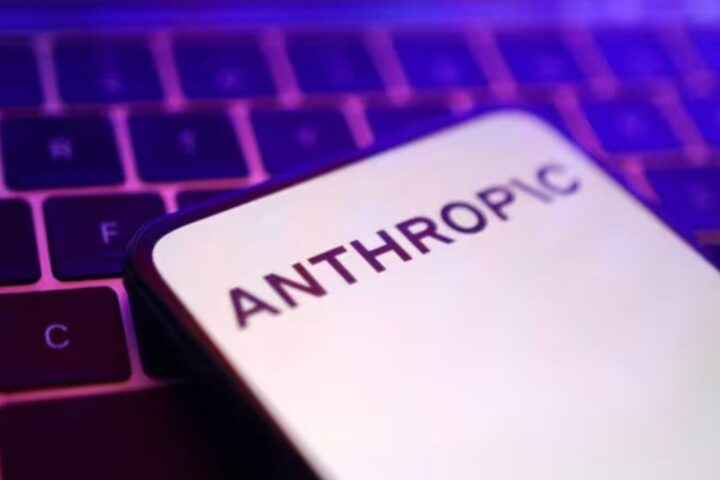 Picture this: your text’s sentiment transforms into a lively smiley face that reacts in real time. This engaging project melds creativity with tech, showing how Python’s OpenCV and Tkinter can bring data to life in an interactive, accessible way.
Picture this: your text’s sentiment transforms into a lively smiley face that reacts in real time. This engaging project melds creativity with tech, showing how Python’s OpenCV and Tkinter can bring data to life in an interactive, accessible way.
You’ll set things up by installing a few key packages like customtkinter, opencv-python, torch, and transformers—plus, if you’re working with CUDA, don’t forget the ‘uv’ tool for torch. The design is straightforward, with a textbox for your input at the top and a canvas below where your dynamic smiley comes to life.
The magic lies in the procedurally generated smiley face. Instead of relying on a bank of static images, the face adapts to a sentiment score ranging from -1 to 1. Its background coolly shifts from red for negative feelings to green for positive ones, using the HSV colour model to maintain even brightness. The eyes and mouth are placed with careful offsets for perfect symmetry, and the mouth, drawn as a flexible parabola, adjusts naturally with the sentiment.
Testing is a breeze with pytest, ensuring that the smiley performs reliably across various sentiment levels. The sentiment analysis itself uses a pretrained transformer model to classify text as negative, neutral, or positive, and this is all wrapped into a neat Python class for easy testing and integration.
The final application updates the smiley in real time, using a separate process to keep the interface responsive. If you’ve ever found static data presentations a bit dull, this project shows you how to turn raw text sentiment into an engaging visual experience.








